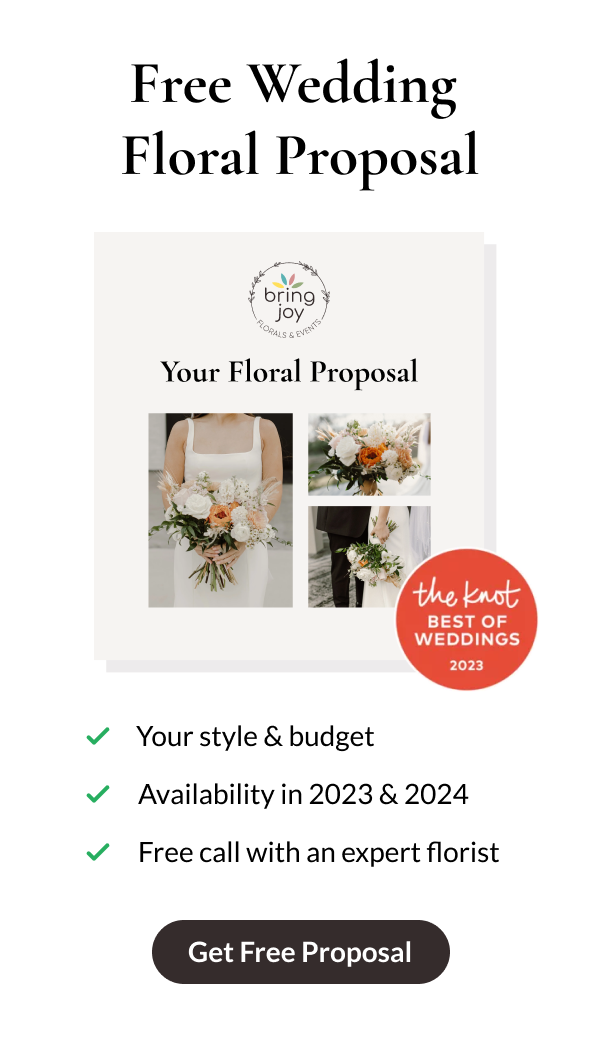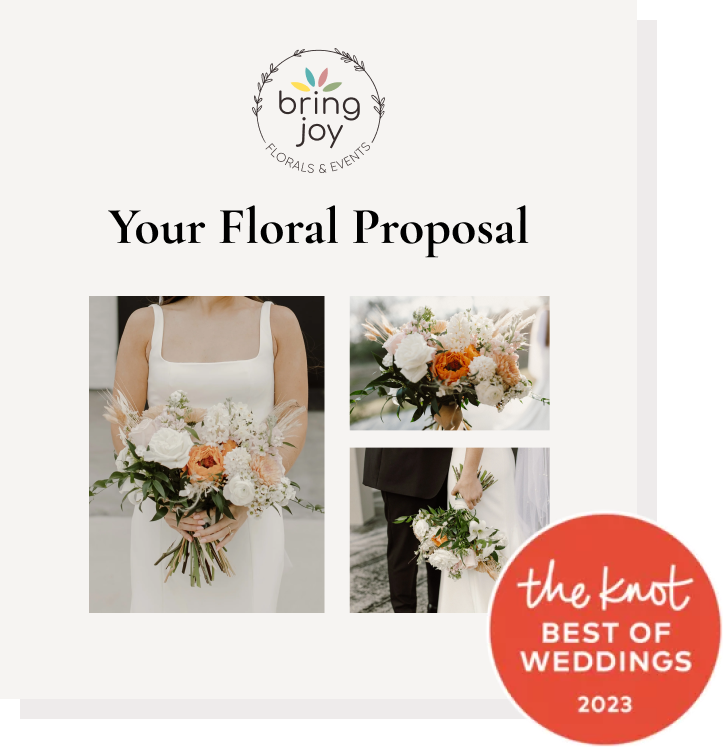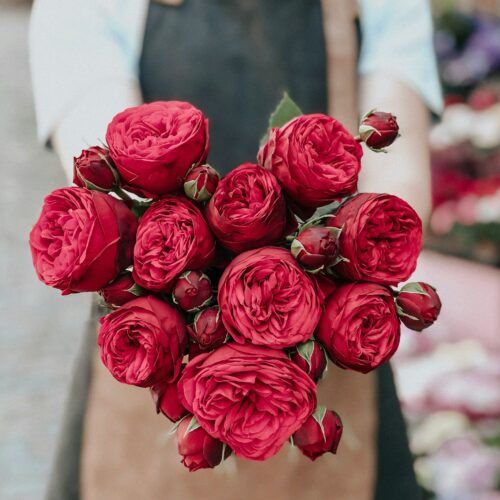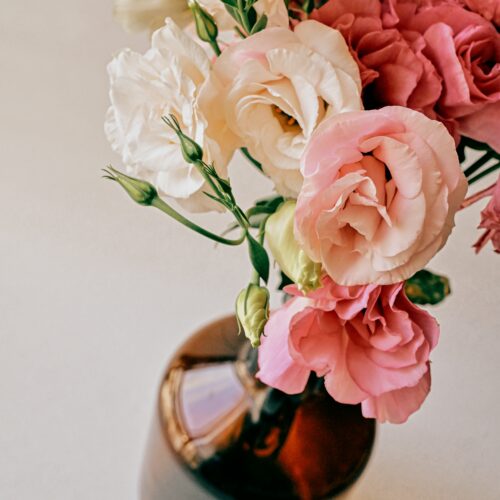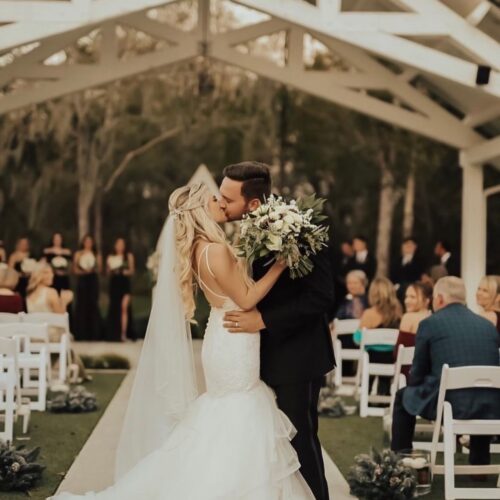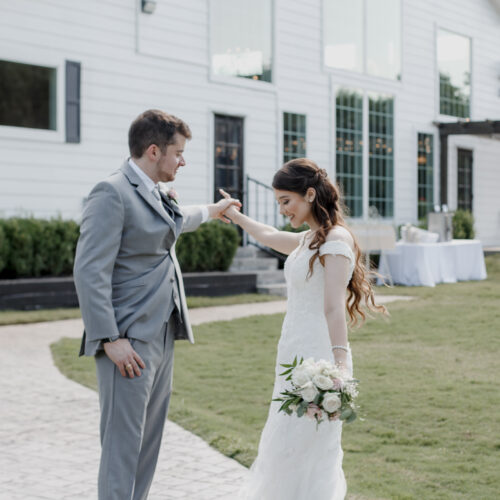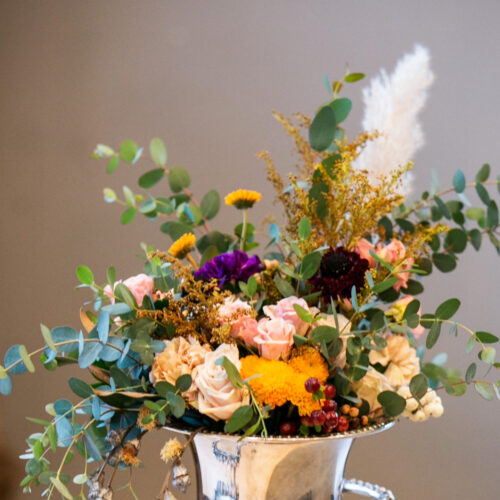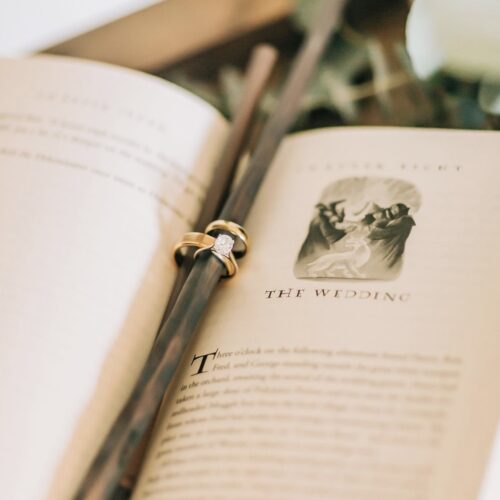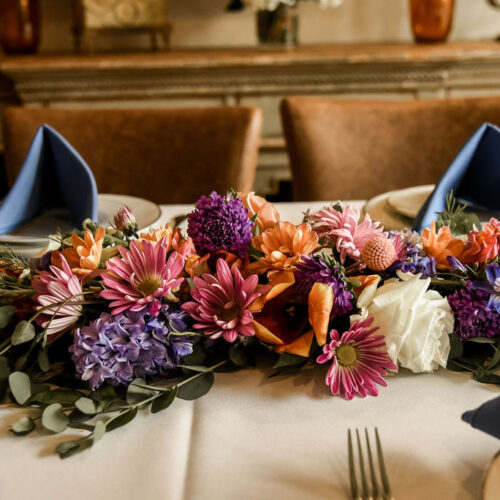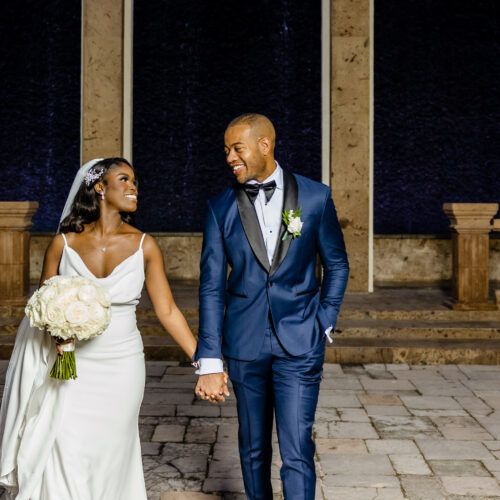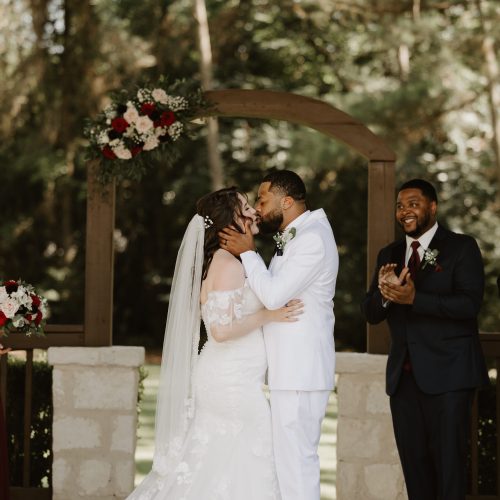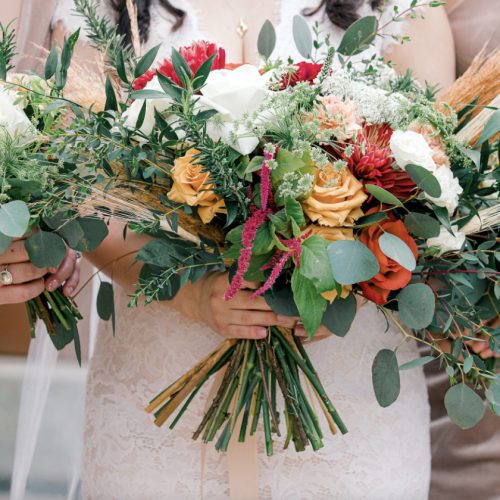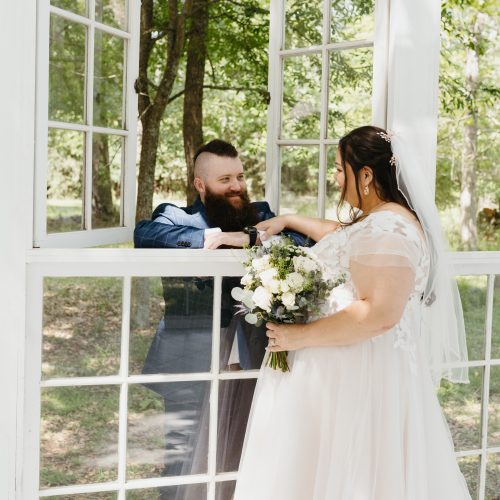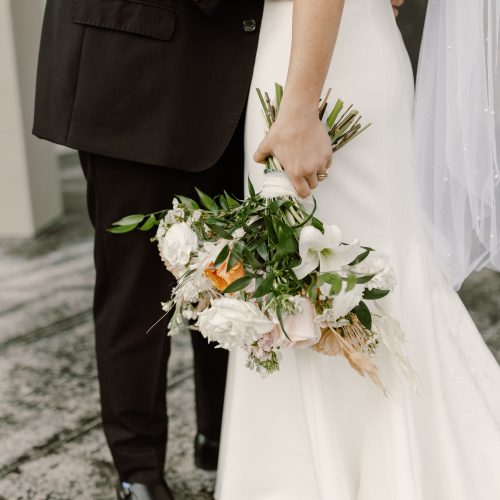Today, when making decisions for your wedding day and looking for an arrangement or bouquet of flowers we aren’t necessarily trying to explicitly say anything, rather, we are trying to present a style or feeling as a whole for our wedding day.
Perhaps you are looking to evoke whimsy, classic romance, southern charm, even fairy bohemian. Or you may just be looking to find something pretty, aesthetic and a color palette you personally enjoy. There is no right or wrong way to make these decisions. But maybe you want to say more. Maybe you want to put a special meaning behind your flower choice. Where do you start to look for meaning? Did you know that there was a time that we spoke with the flowers we chose and put intentional meaning behind those choices.

There has been meaning and symbolism behind wedding bouquets as far back as the ancient Greeks, Romans and Egyptians. These bouquets were much smaller then we know today and were used to ward off bad luck. They were used to express new beginnings and hopes of happiness, fertility and fidelity. Commonly used herbs and their meanings:
| Dill | Aphrodisiac |
| Rosemary | Loyalty |
| Wheat | Fertility |
| Ivy | Fidelity, Unbreakable Bond |
| Thistle, Thyme, Heather, Basil | Protection |


In the middle ages, superstitions and ensuring good luck became such a need to guests, that for a bride to escape unharmed after the ceremony, she would wrap a scrap of her dress around the bouquet and toss it to the guests. This is where we see the bouquet toss come to be. If not, there was a real danger of her gown being torn to shreds as wedding guests wanted the luck that a proven bride could bring.
Through the Elizabethan age, bouquets did start to take on more of a decorative process. Handing out posies, or little bouquets, to guests as favors and wearing flowers in elaborate hairstyles was in style. It was not, however, until the Victorian age and Queen Victoria’s marriage to Prince Albert that the wedding bouquet as we know it today, was born.
These new bouquets also continued the known Victorian tradition of expressing meaning to loved ones and guests alike. For her bouquet, Queen Victoria used snowdrops for hope, orange blossom for marriage and eternal love, fruitfulness and innocence. A common misconception that she carried myrtle actually started with her daughter Princess Victoria, but it is a royal tradition that has carried on today.
In the early 19th century, flowers held meaning to the effect that one would communicate through flowers. This was known as the “language of flowers”. In a time where expressing outward feelings to others was improper, learning flower meanings was a way to speak and court one other subtlely. Subsequently, there were an infinite number of markets and flower stalls selling those coded floral messages. The demand for flowers was so high in the upper part of society, that deplorably it did create exploitation of child labor. A victorian social research Henry Mayhew wrote about flower sellers in his book London Labour and the London Poor, 1851:
“Sunday is the best day for flower selling, and one experienced man computed…four hundred children were selling flowers on Sundays in the streets. The trade is almost entirely in the hands of children, the girls outnumbering the boys by more than eight to one. The ages of the girls vary from six to twenty, few of the boys are older than twelve, and most of them are under ten.”

There were also hundreds of guidebooks for households to understand the language of flowers. These guidebooks leaned on botany to put meaning toward the flowers, as well as using analogies, folklore, and religion and literature. The way a flower or plant looked or acted in nature was often used to influence the meaning used. An example would be a deep red rose symbolizing a potent form of romantic love, while white roses suggest purity. A pink rose is less intense then the red rose, therefore it speaks of admiration and not deep love.
Today, understanding the Victorian tradition of speaking with flowers can be complicated and drawn out, especially when you add in the color meanings of each type of flower as well. Thankfully, it is not something we need today. We can, however, add in a subtle meaning toward your intended or evoke remembrance for a departed loved one. Even if you are the only one who truly knows the meaning behind your choices, it can help add nuance and significance to your wedding day.
However, if you only find this subject even a little bit fascinating, and are interested in seeing if there is any hidden meaning in the flowers you choose for your wedding bouquet or even an arrangement, here is a small list of popular flowers and their meanings.
| Alstroemeria | Devotion, Wealth, Prosperity and Fortune |
| Anemone | Anticipation |
| Baby’s Breath | Festivity / Innocence and Purity of Heart |
| Cactus | Endurance |
| Carnation Pink – White – Yellow – Striped Hue – | Fascination, Distinction and Love Gratitude Pure Love Disappointment and Rejection Refusal |
| Chrysanthemum | Joy / Hope |
| Cornflower | Delicacy and Refinement |
| Daisy | Innocence and Gentleness / Loyal Love |
| Eucalyptus | Protection |
| Forget Me Not | True Love, Faithfulness, Remembrance |
| Hydrangea | Perseverance and Heartfelt Emotion |
| Lilac White – Purple – | First love Youthful Innocence and Purity First Emotion of Love |
| Lily Orange – Yellow – | Modesty and Virginity Passion Gaiety |
| Orchid | Refinement and Charm / Refined Beauty |
| Rose Red – White – Pink – Orange – Yellow – | Each Color is Significant Passionate Love / Love and Design Purity / Charm and Innocence Admiration / Perfect Happiness Fascination Friendship, Joy and Gladness |
| Rosemary | Remembrance |
| Statice | Remembrance |
| Stock | Affection, Lasting Beauty |
| Sunflower | Dedicated Love |
| Tulip Red – Yellow – White – Variegated – | Love and Passion Declaration of Love Sunshine Respect / Worthiness Beautiful Eyes |

Sources:
(fiveminutehistory.com “The Language of Flowers- the secret Victorian love code”)
(brides.com – Mackey, Jaimie “Everything You Need To Know About the Bridal Bouquet”)
(roylcentral.co.uk – Starbuck, Lydia “Royal Wedding Flowers: Queen Victoria”)
(brides.com – Mattia, Nancy “A Complete Guide to Wedding Flower Meanings”)
(the knot.com – Nowack, Hannah “Understanding Traditional Wedding Flower Meanings”)
Sources from The Knot Article:
Diffenbaugh, V. (2012). The language of Flowers: A novel. Ballantine Books.
Greenaway, Kate, and Edmund Evans (2010). Language of Flowers. Pook Press.


